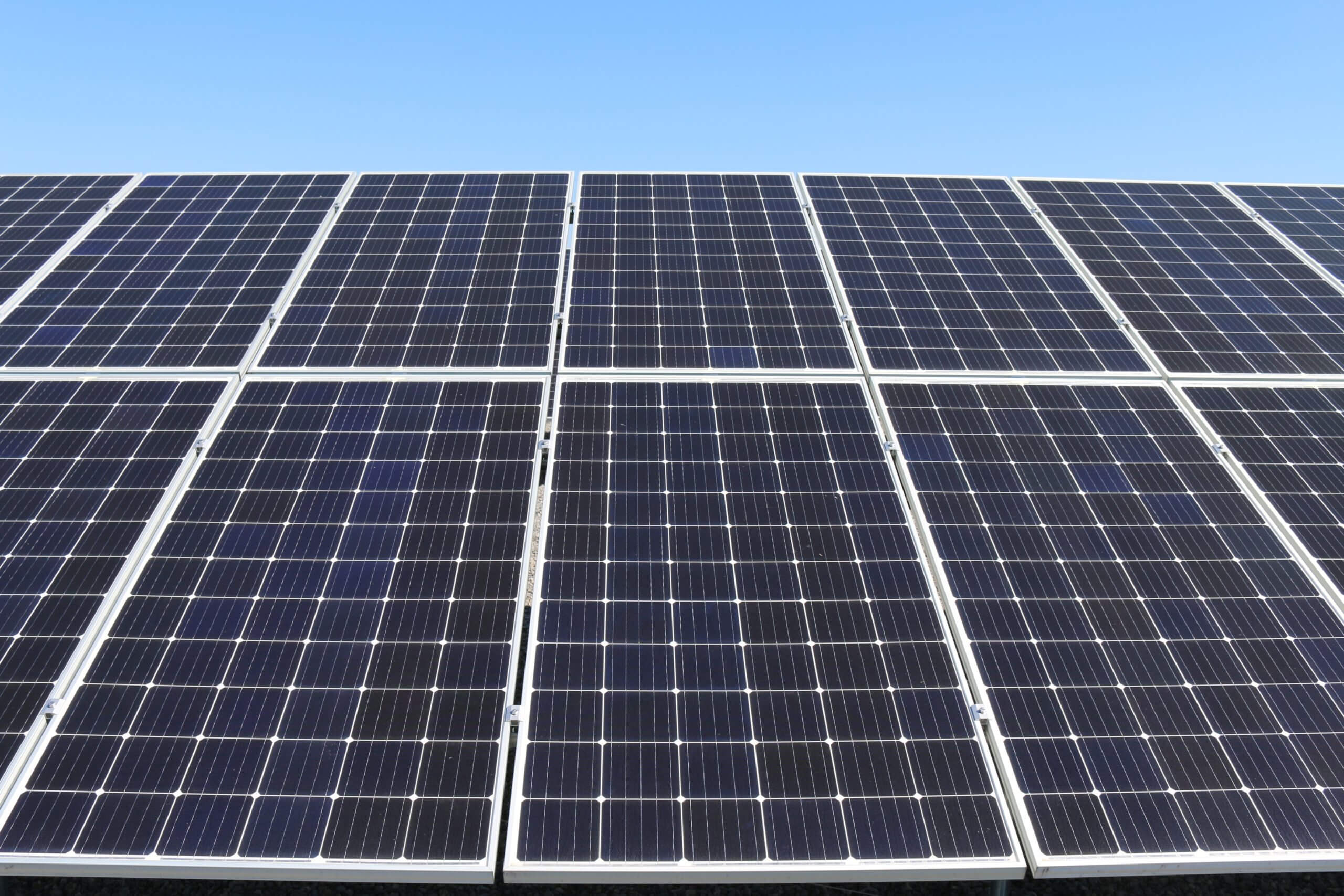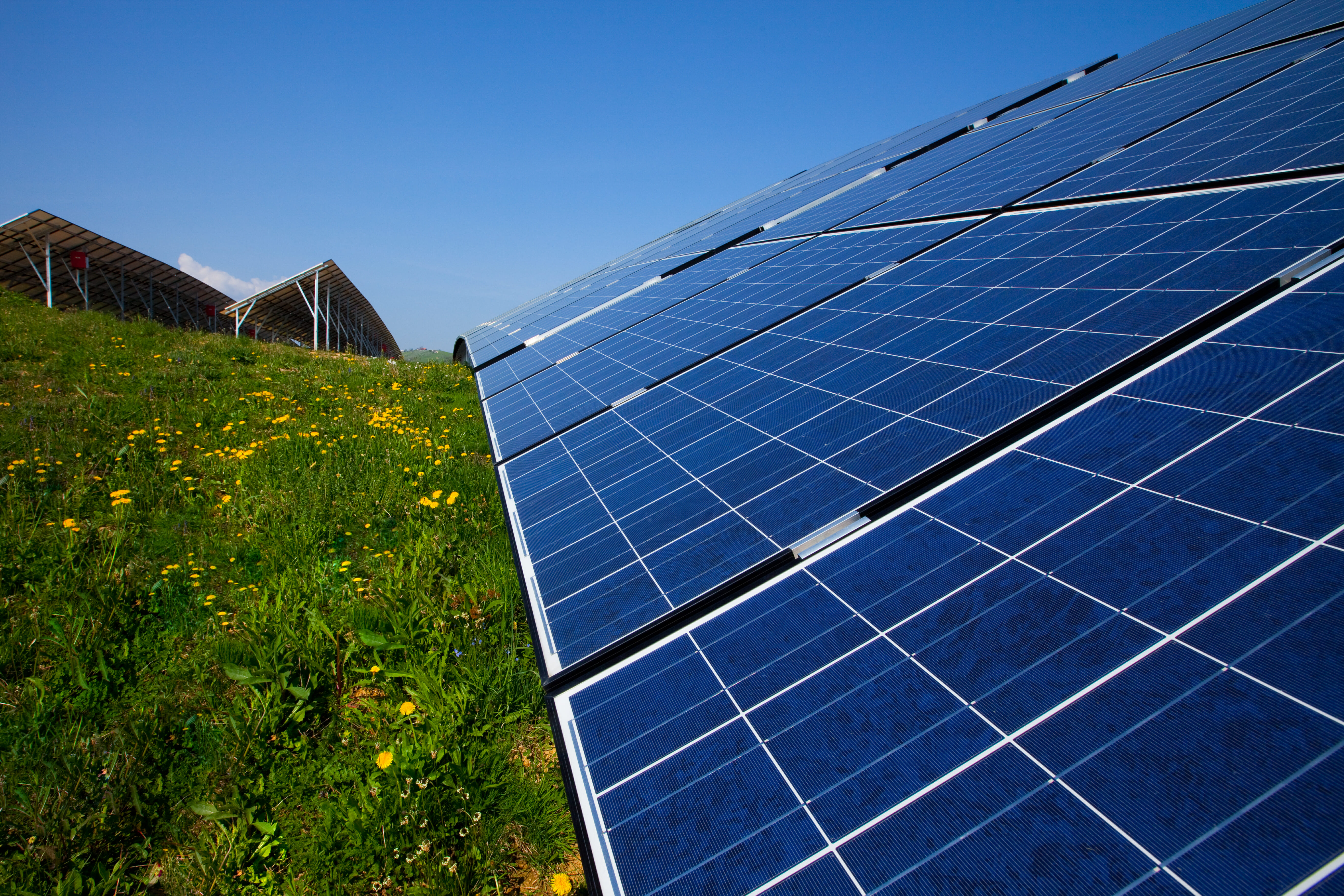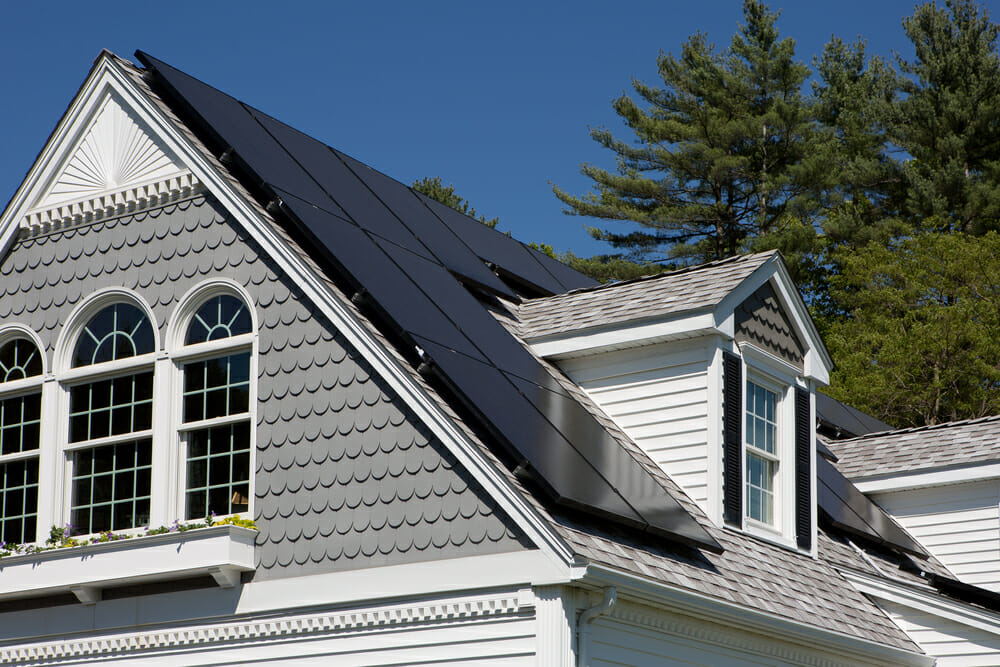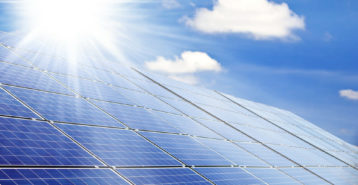What Is a Monocrystalline Solar Panel?
Thinking about going solar? Monocrystalline solar panels are one of the most popular and efficient choices for homeowners today. Known for their sleek black design and impressive performance, these panels convert more sunlight into electricity than any other type. They’re a smart pick if you want to make the most of your roof space and get long-term energy savings. While other options like polycrystalline and thin film exist, monocrystalline panels lead the pack in efficiency, durability, and curb appeal.
How Do Monocrystalline Solar Panels Work?
Monocrystalline panels begin with a pure silicon seed crystal grown using the Czochralski method. This seed is slowly pulled from molten silicon, forming a single crystal ingot. The ingot is then sliced into thin wafers and treated with anti-reflective coatings and metal contacts to form solar cells.
When sunlight hits the panel, photons energize electrons in the silicon cells, creating electricity, an effect known as the photovoltaic process. Because monocrystalline panels have no grain boundaries, electrons flow more freely, resulting in higher efficiency than polycrystalline panels.
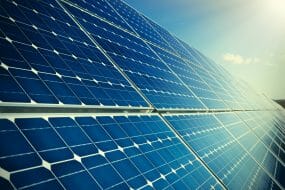
They also differ from other panel types in key ways:
- Efficiency: Monocrystalline panels achieve 18 to 23% efficiency, outperforming polycrystalline (15 to 17%) and thin film (10 to 13%).
- Appearance: Sleek, uniform black surface with rounded cells, compared to the mottled blue of polycrystalline and matte black of thin-film.
- Performance: They provide better heat tolerance and slower degradation, making them a more durable long-term choice.
Monocrystalline Solar Panel Cost
The average cost to install monocrystalline solar panels on a U.S. home ranges from $17,500 to $25,000 for a 7 kW system before incentives. After applying the federal tax credit and potential state or local rebates, homeowners typically pay between $12,000 and $18,000.
Solar installation costs vary based on location, panel brand, and system size. High-end systems with premium efficiency or integrated solar battery storage will cost more.
How Much Does One Monocrystalline Solar Panel Cost?
A single monocrystalline panel typically costs between $350 and $525 for a 350-watt unit. Pricing varies by manufacturer, efficiency rating, and technology tier. While these panels carry a higher price tag than other types, their performance and longevity often justify the investment.
Efficiency and Lifespan of Monocrystalline Solar Panels
Monocrystalline panels are the most efficient residential solar option, with most models reaching between 18% and 23% efficiency. Premium brands may go even higher.
These panels also offer excellent durability. Most come with 25- to 30-year warranties and maintain around 90 to 95% of their original efficiency after 25 years. With proper care, many systems last well beyond 30 years.
Are Monocrystalline Solar Panels Worth It?
For many homeowners, monocrystalline solar panels offer the best balance of efficiency, aesthetics, and long-term value. If your roof space is limited or you want to maximize your energy savings, this is likely the best option.
Disadvantages of Monocrystalline Solar Panels
- Higher upfront costs compared to polycrystalline and thin film
- More energy-intensive manufacturing process
Despite these drawbacks, the long-term savings and performance often outweigh the initial expense.
Monocrystalline Solar Panel vs Polycrystalline
Both monocrystalline and polycrystalline panels are made from silicon, but the way they’re manufactured, and how they perform, sets them apart. Monocrystalline panels are made from a single, pure crystal of silicon, which gives them their sleek black appearance and higher efficiency. They typically convert 18% to 23% of sunlight into electricity, making them a smart choice for homes with limited roof space or high energy needs.
Polycrystalline panels, on the other hand, are made from multiple fragments of silicon melted together. This process results in a blue-speckled look and a slightly lower efficiency range of around 13% to 17%. While they’re generally more affordable upfront, they may require more panels and roof space to match the output of a monocrystalline system. For homeowners looking for long-term savings and strong performance in all conditions, monocrystalline panels are often worth the extra investment.
| Feature | Monocrystalline | Polycrystalline | Thin Film |
|---|---|---|---|
| Efficiency | 18% - 23% | 13% - 17% | 10% - 13% |
| Lifespan | 25 - 40 years | 25+ years | 10 - 20 years |
| Appearance | Sleek black | Blue-speckled | Matte black |
| Cost per Watt | $0.70 - $1.00 | $0.60 - $0.90 | $0.40 - $0.70 |
| Best For | Limited roof space | Budget-friendly | Lightweight/portable |
Monocrystalline Solar Panel vs Thin Film: Which Is Better?
Thin film panels are flexible and lightweight but offer lower efficiency, typically around 10% to 13%. They degrade faster and require more space, making them better suited for commercial or portable use. For home installations, monocrystalline panels are the better option for maximizing power in limited space and achieving long-term savings.
Monocrystalline Solar Panel Customer Reviews
Monocrystalline panels consistently earn high ratings for performance and durability. Homeowners appreciate their clean appearance and reliable output. Brands like SunPower, LG, Panasonic, and REC are often praised for their long warranties and strong customer support.
For real customer insights, check out reviews on trusted platforms like SolarReviews and EnergySage. These resources can help you compare brands, read homeowner feedback, and choose the best system for your needs.
Ready to Go Solar?
Monocrystalline solar panels offer unbeatable efficiency and reliability for homeowners looking to invest in solar energy. With long warranties, top-tier output, and strong ROI, they continue to lead the market in performance and value.
If you’re ready to explore your options, use this Contractor Checklist to find trusted local installers, compare quotes, and get expert guidance on the right system for your home.
Frequently Asked Questions
Do monocrystalline panels work in cloudy weather?
Yes. While direct sunlight is ideal, monocrystalline panels are more efficient than other types at capturing diffuse light, which makes them a good option even in less sunny climates.
Can I install monocrystalline panels myself?
Technically yes, but solar installations are complex. For safety, code compliance, and warranty protection, it’s best to hire a licensed professional.
Will monocrystalline panels match my roof?
Most homeowners prefer the sleek black look of monocrystalline panels, especially for darker rooftops. They tend to blend in better than blue polycrystalline panels.
Do I need to clean my solar panels?
Occasional cleaning can help maintain performance, especially in dusty or pollen-heavy areas. In most cases, rainfall handles the job naturally.
Compare top-rated solar pros in your area.
Read real homeowner reviews, explore qualifications, and view promotions. Modernize makes it easy to browse professionals and find one that will be perfect for your project.
